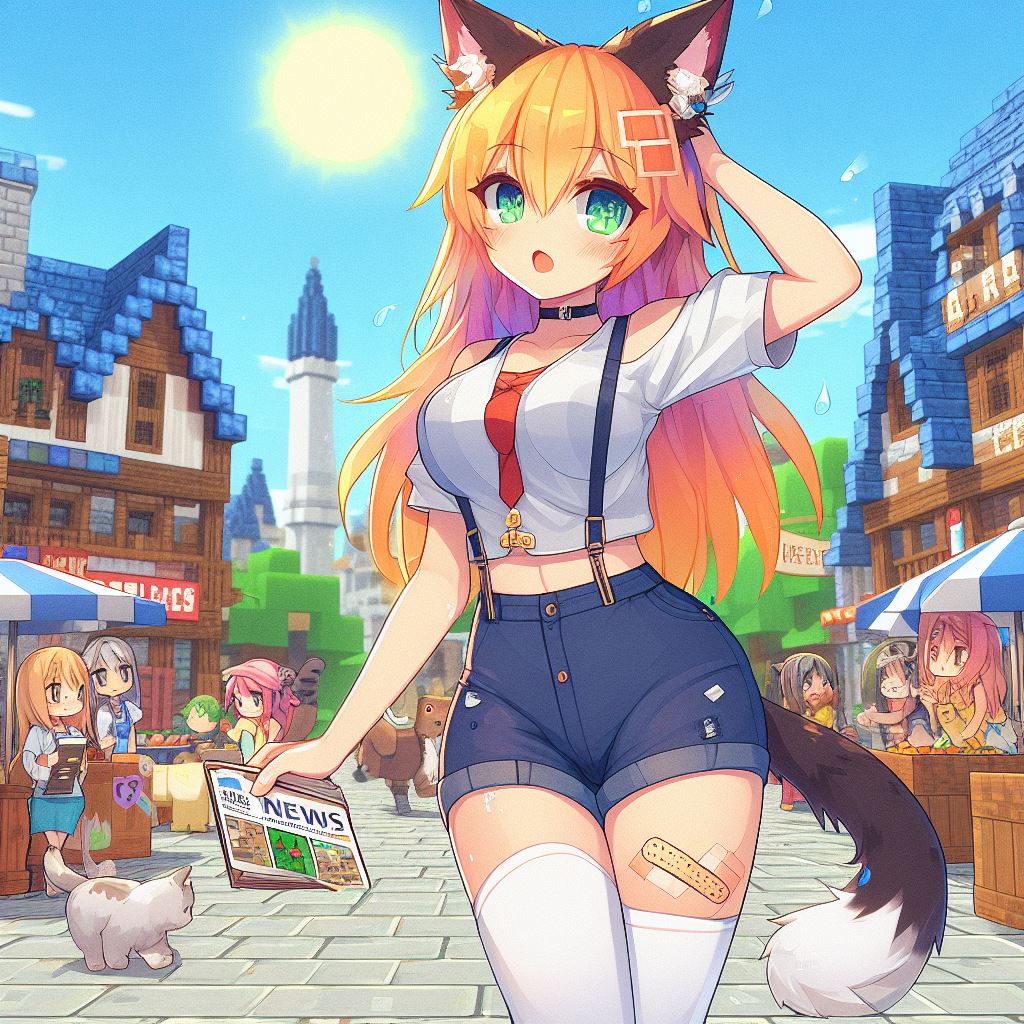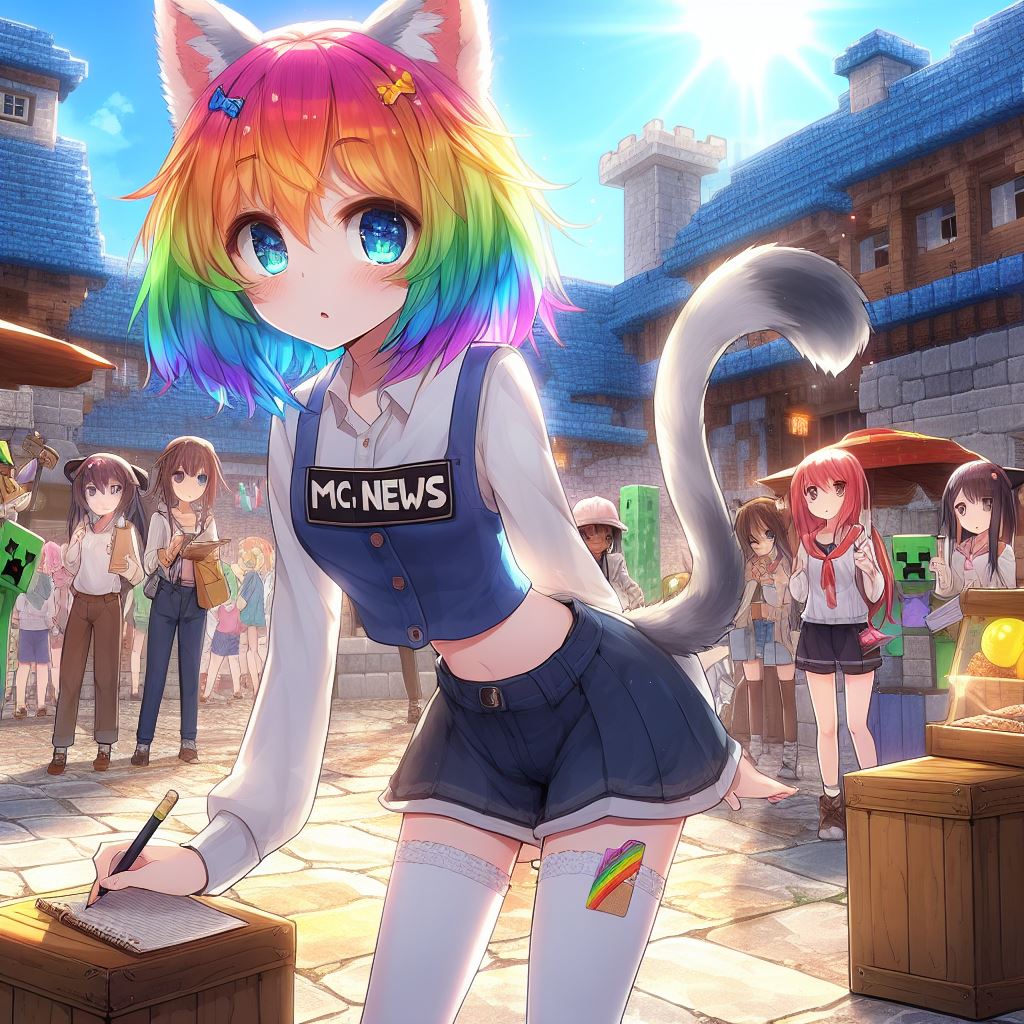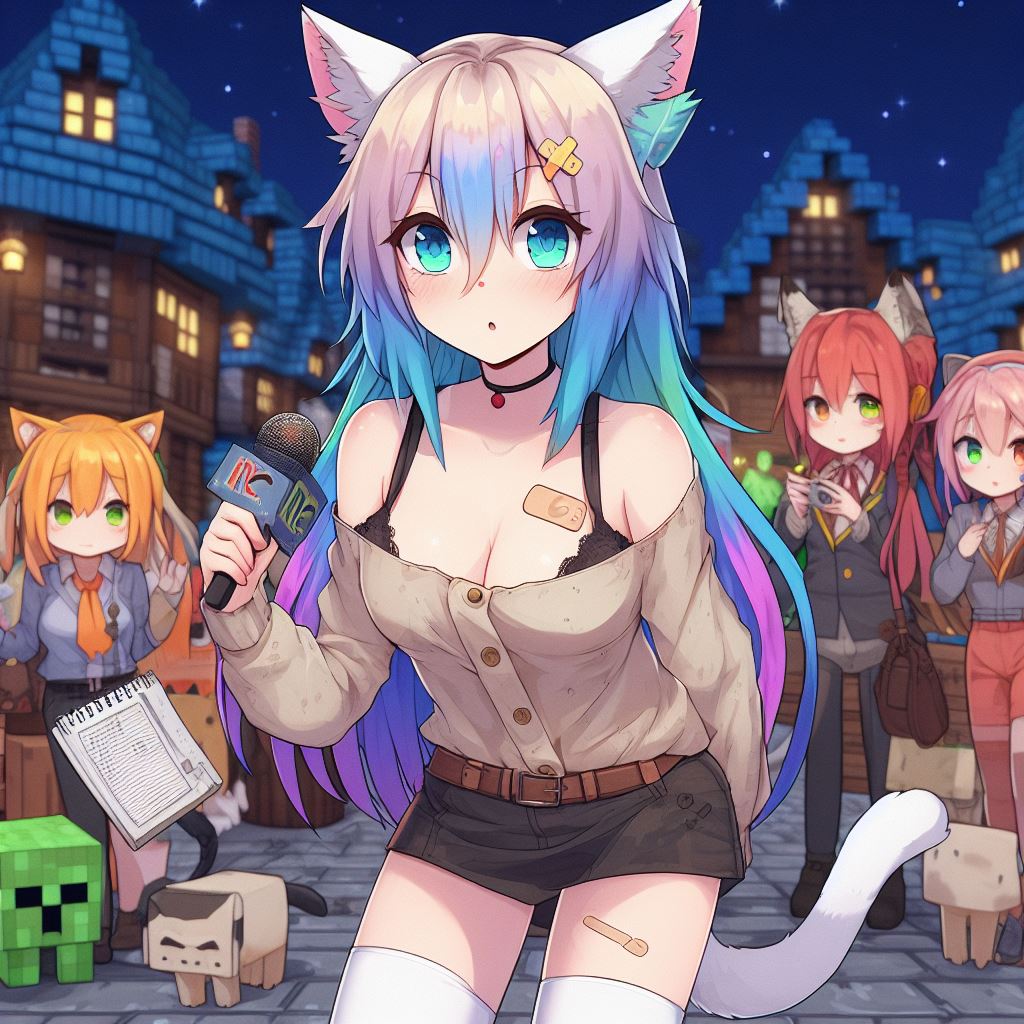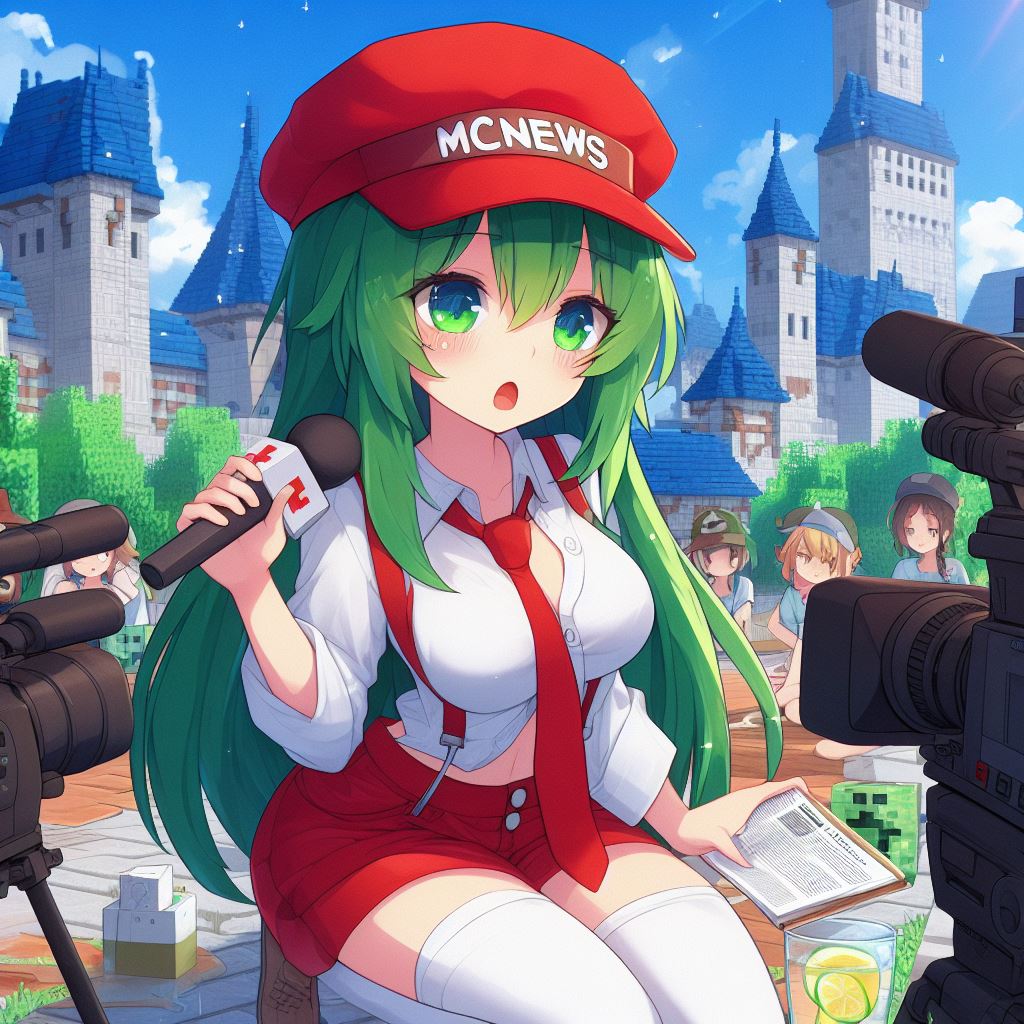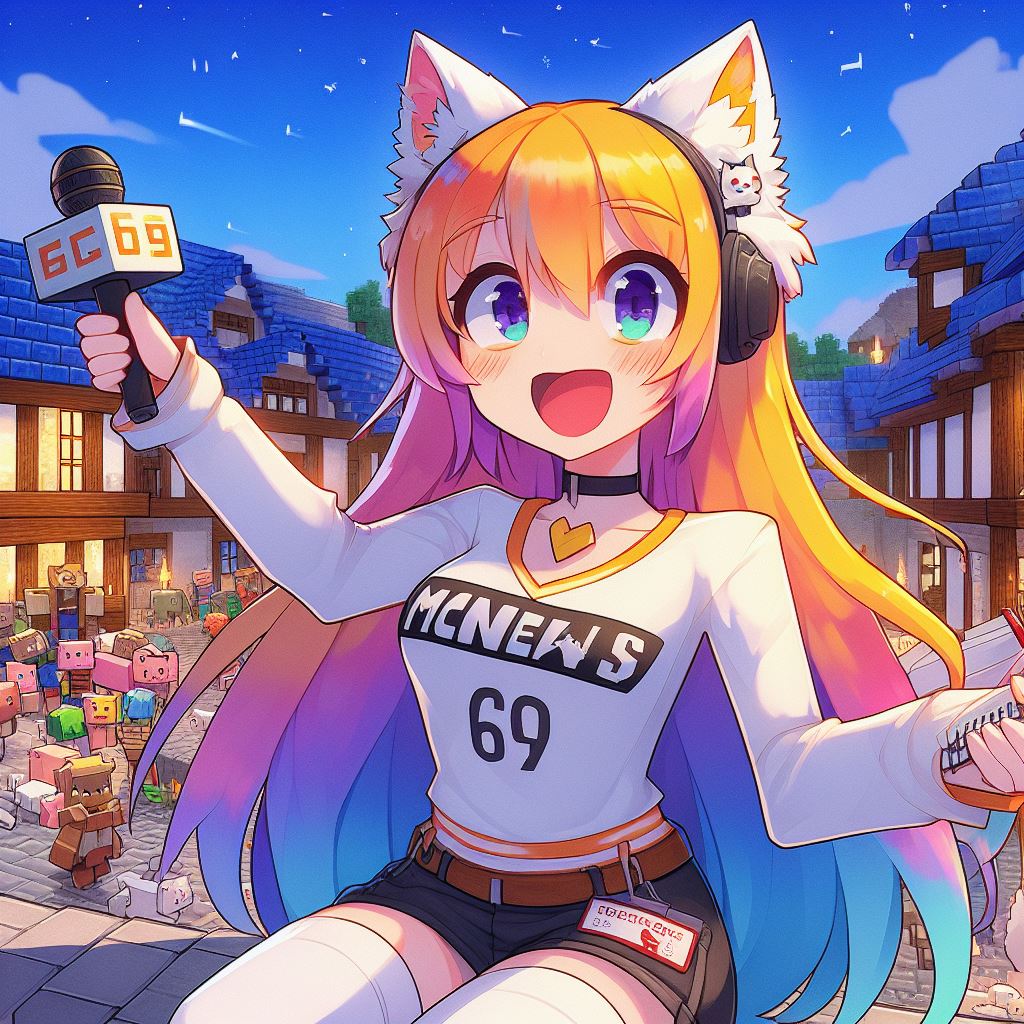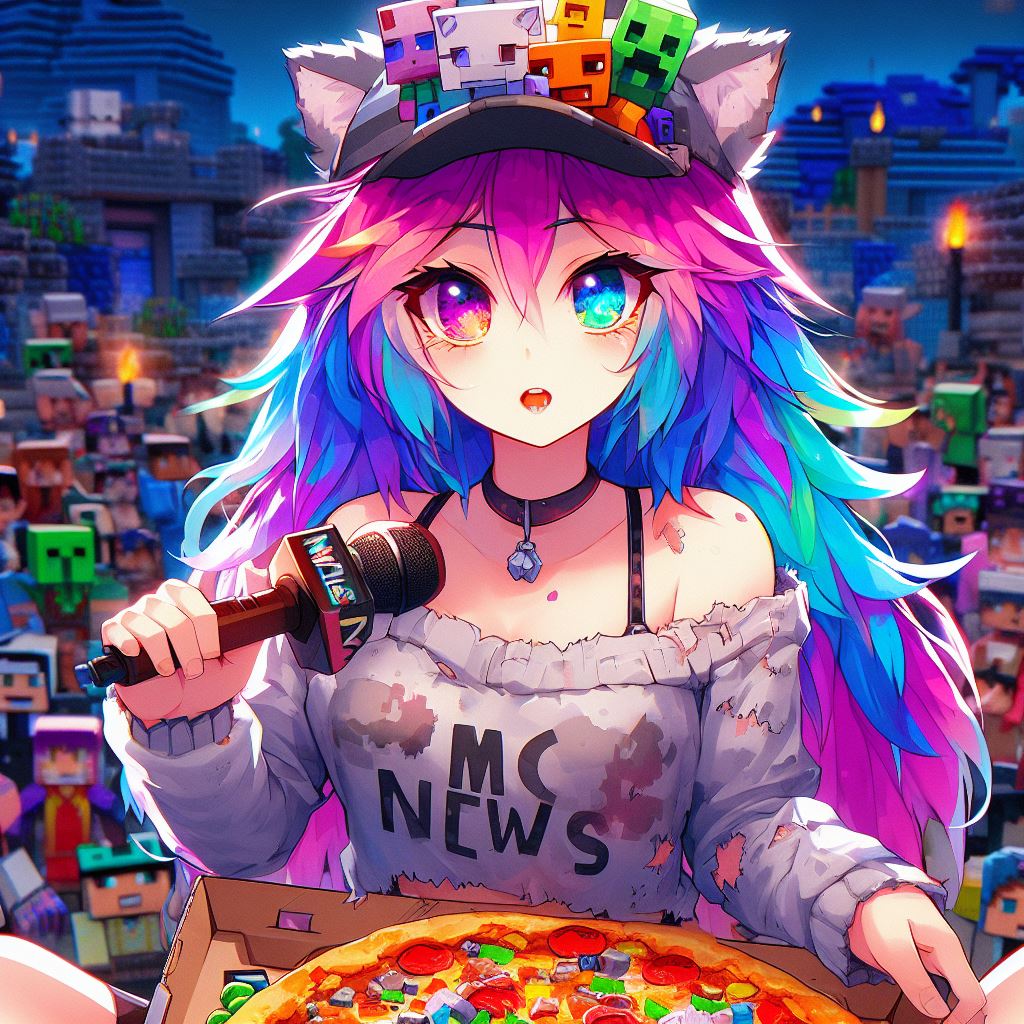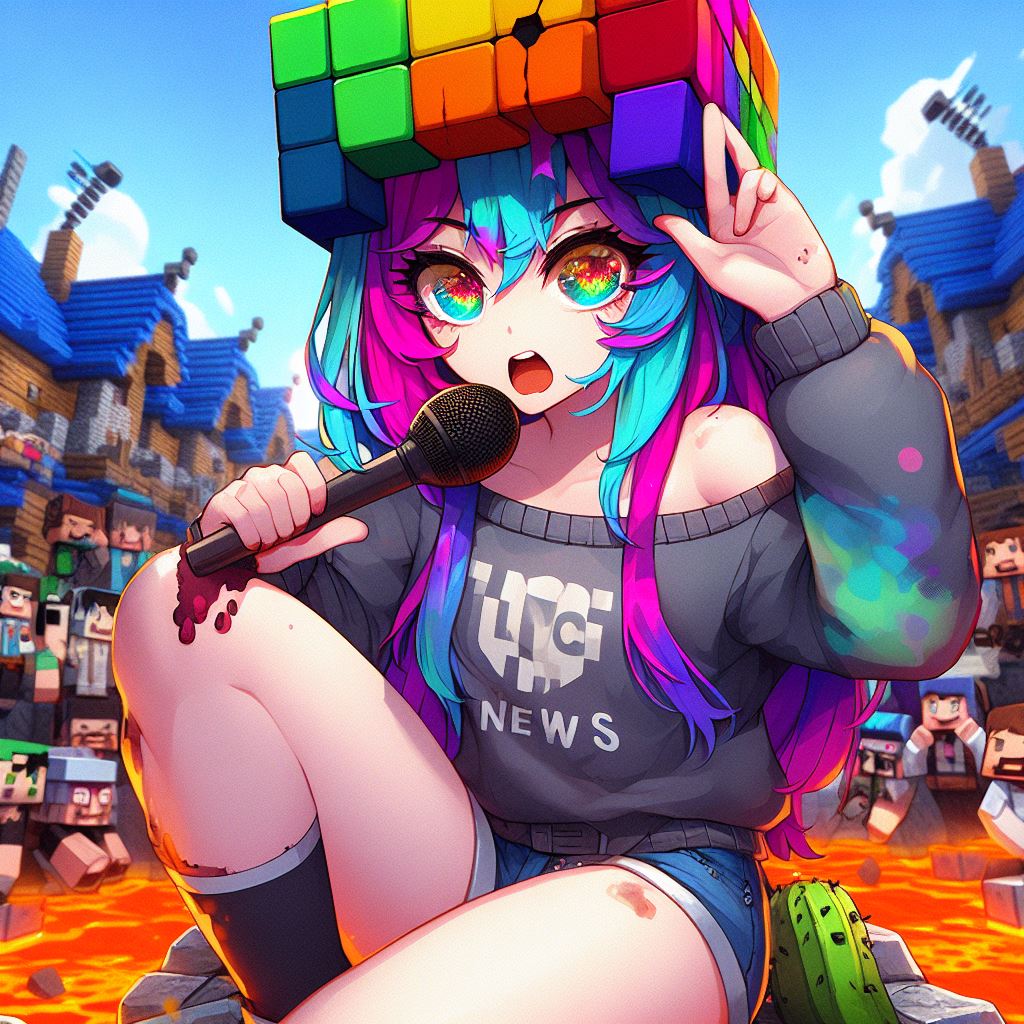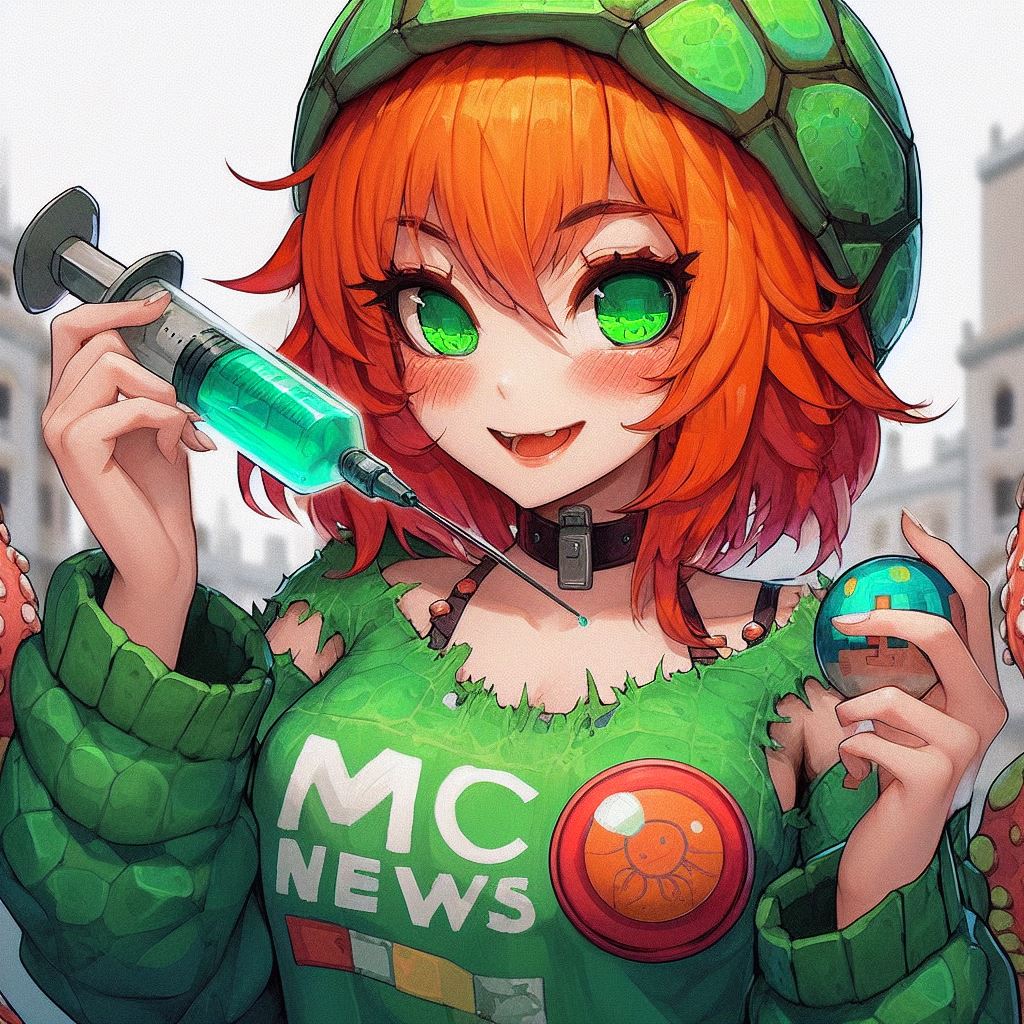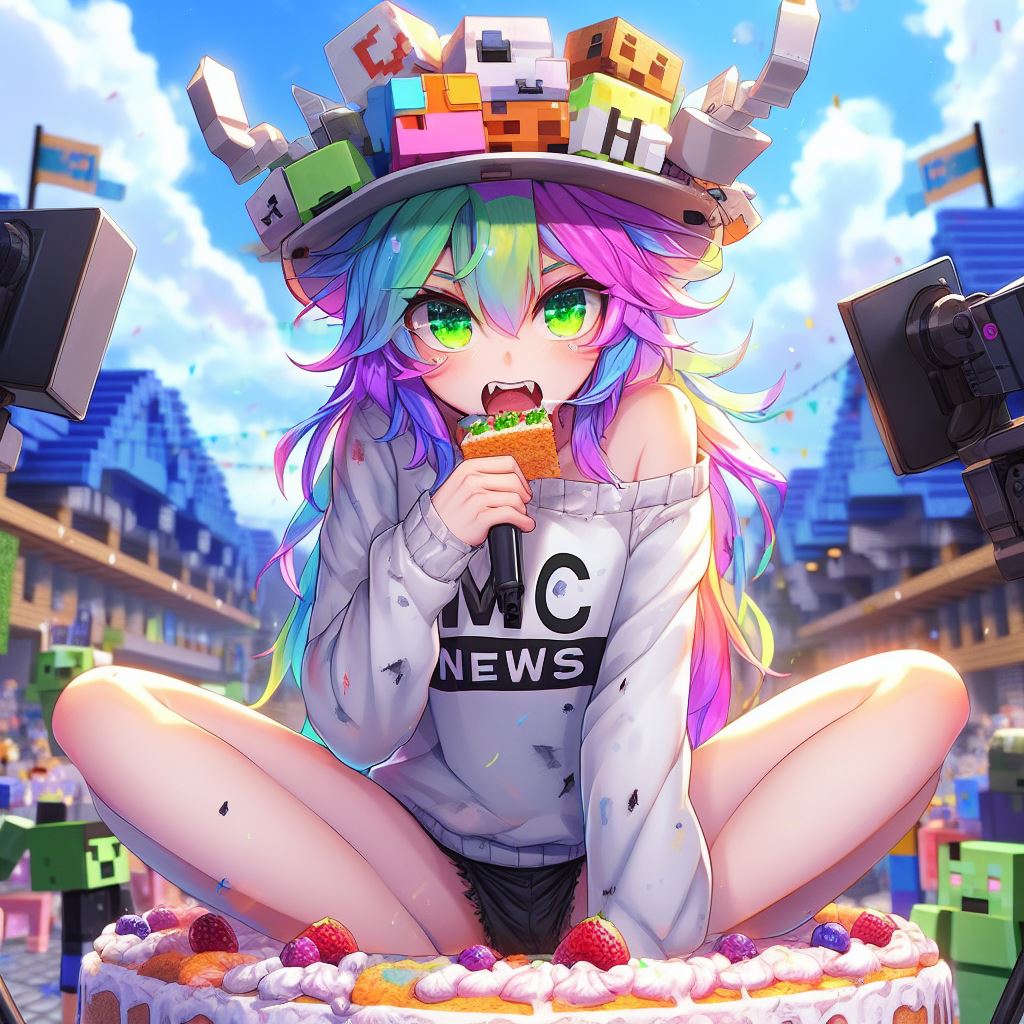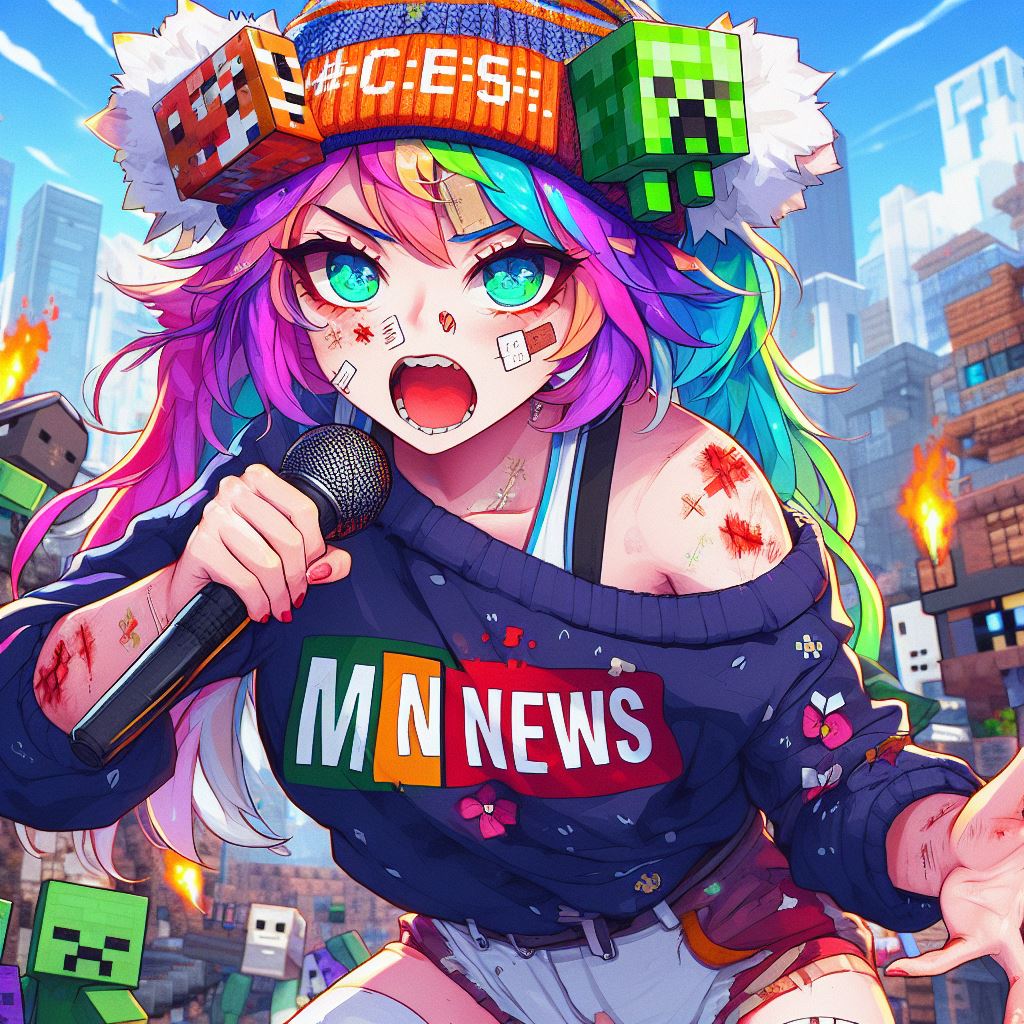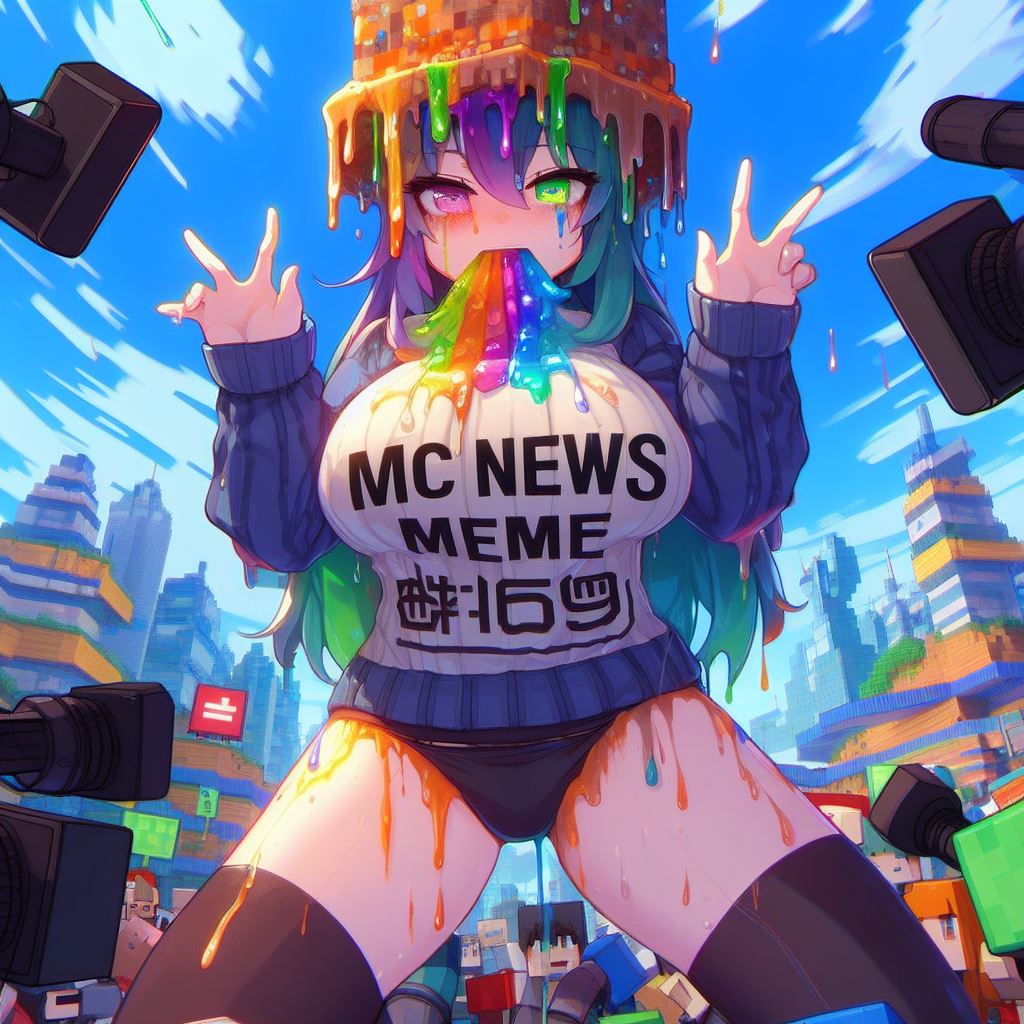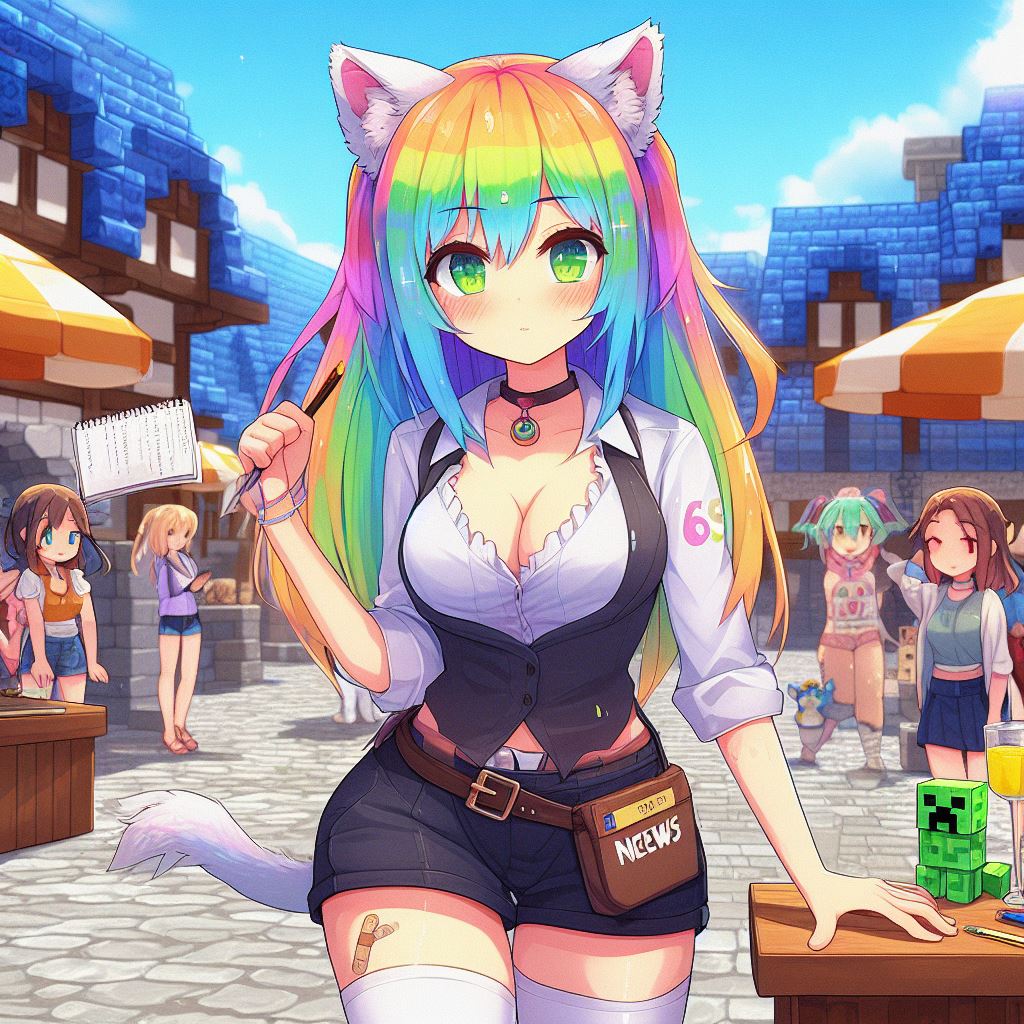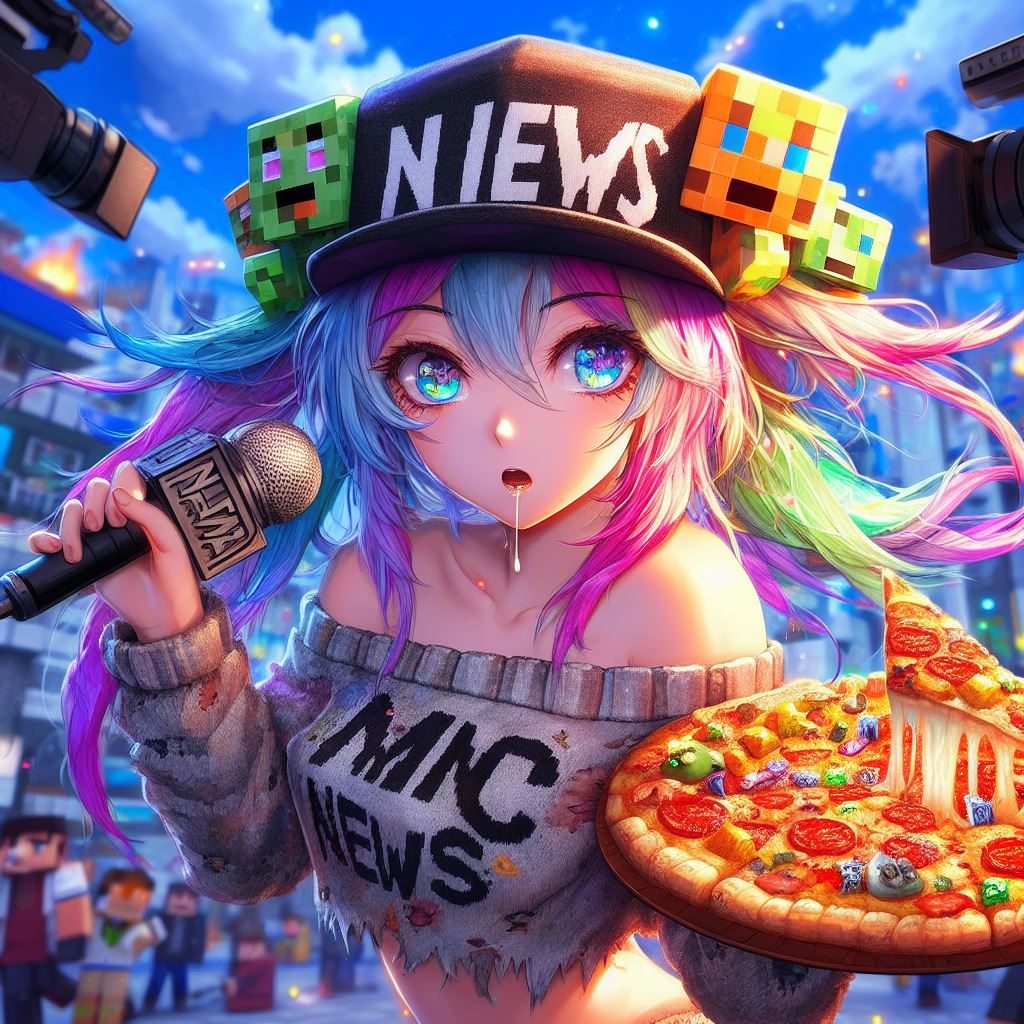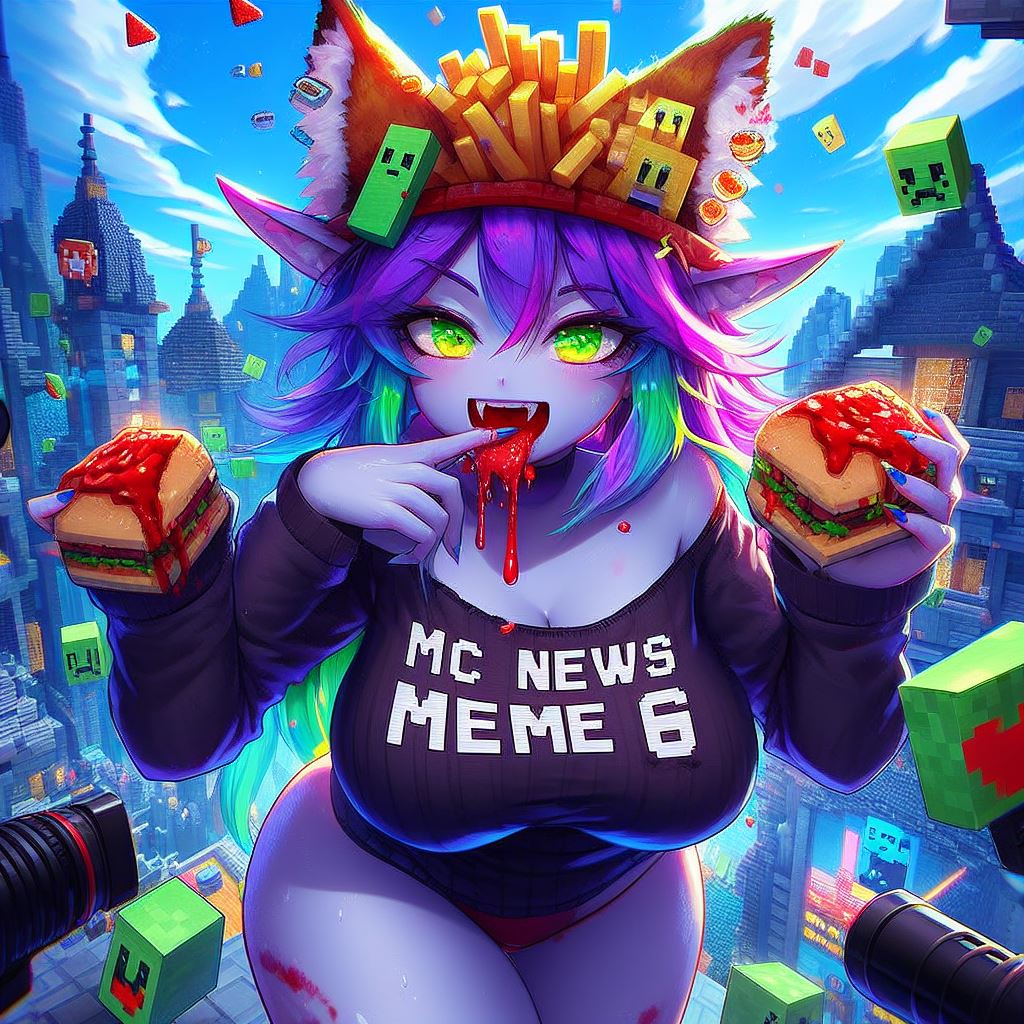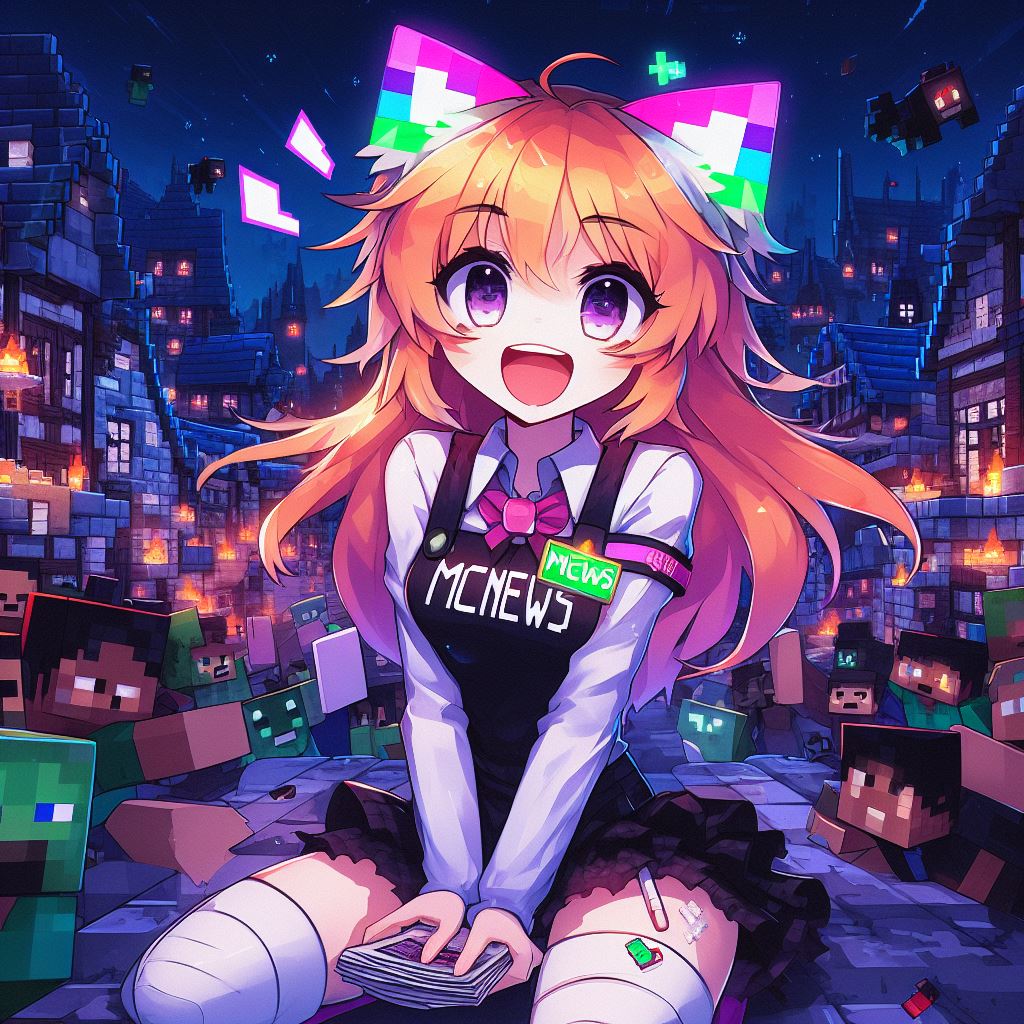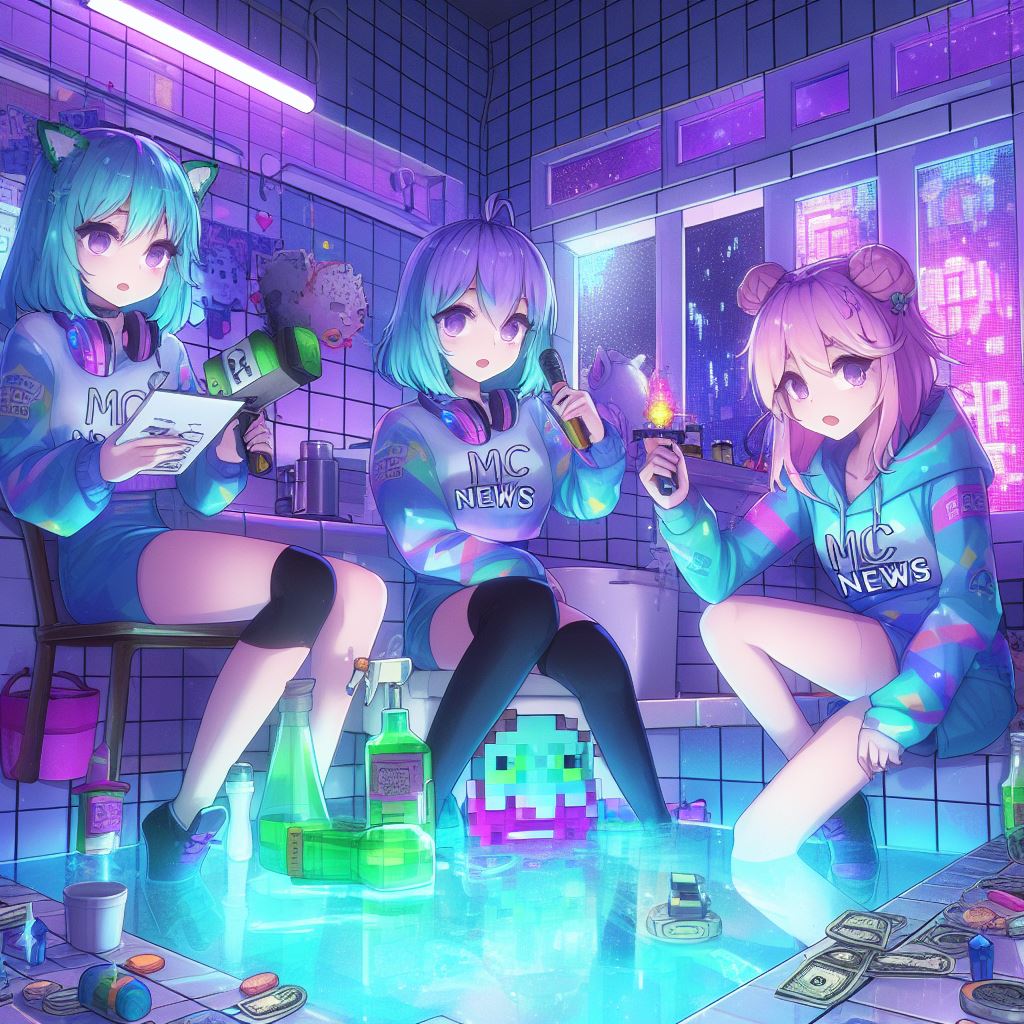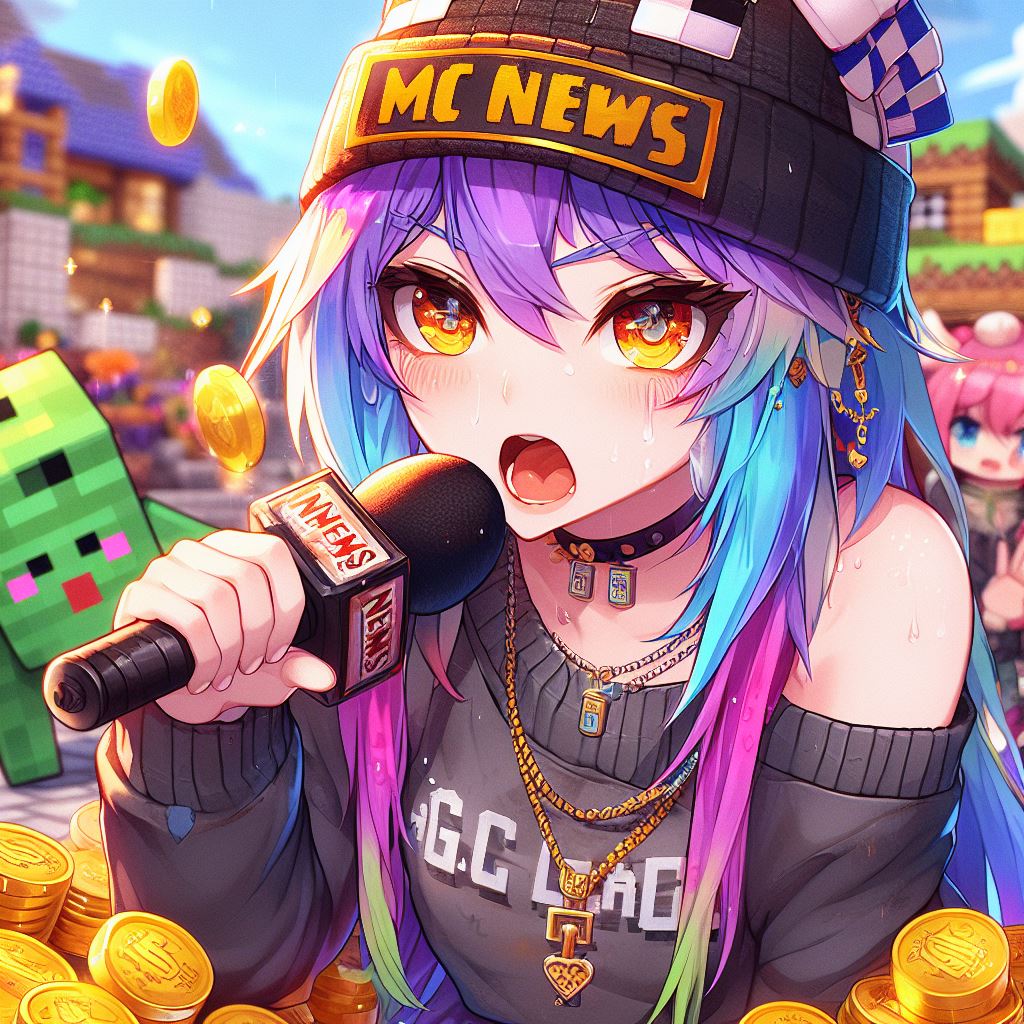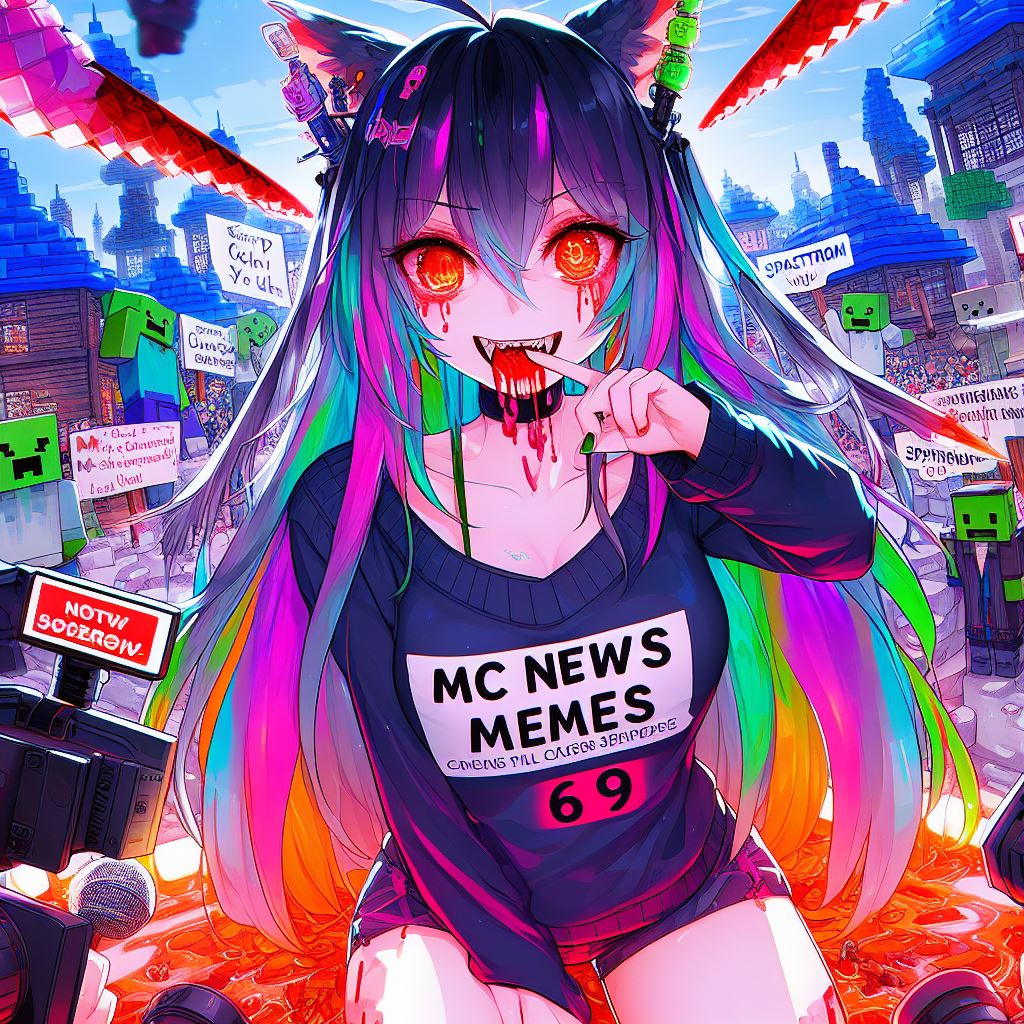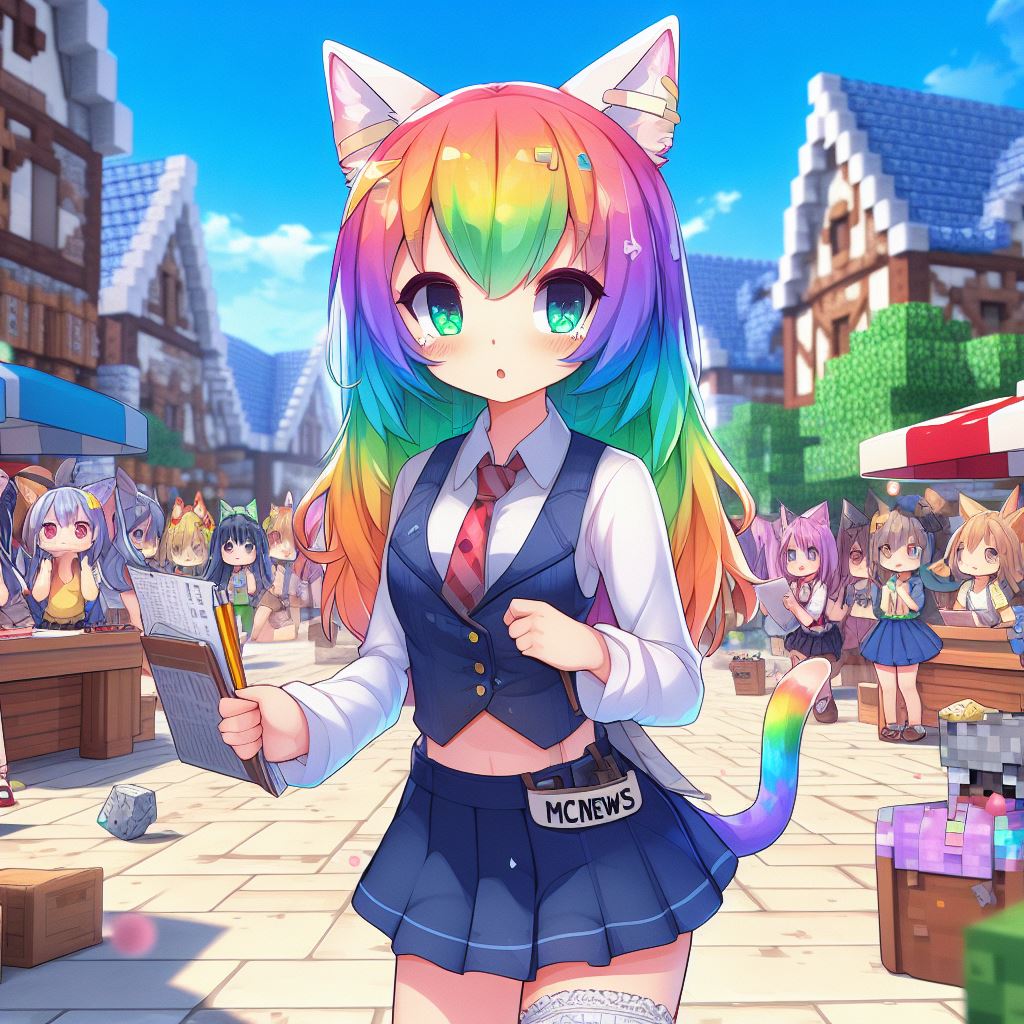
Creating a Minecraft Block in Blender
Blender is a powerful tool for creating 3D models, and in this tutorial, the focus is on making a Minecraft block using a cube 3D model. The tutorial takes you through the process of adding an image texture to the cube to create a Minecraft Block 3D model using UV mapping and Cube Projection. The steps are designed to be easy to follow, making it suitable for Blender 3D beginners.

Step-by-Step Guide
The tutorial begins with the default scene in Blender, where the default object is deleted, and a new cube is added. This cube serves as the 3D shape of the Minecraft block, eliminating the need for extensive 3D modeling.
Next, the tutorial covers the process of adding a texture to the model. This involves switching to material preview, accessing material properties, and adding a new material. The principal BSDF node is then added, and an image texture is linked to the base color. The image texture for the grass block is provided for download.
UV Editing and Cube Projection
After adding the texture, the positioning of the image texture is adjusted using UV editing. The tutorial guides users through the process of correcting the positioning of the image texture for each face of the cube. This is achieved by using cube projection to ensure that the image texture is correctly positioned on each face of the cube.
Adding Texture to Individual Faces
Finally, the tutorial demonstrates how to add the texture to the individual faces of the cube. This involves selecting each face, adding a new material slot, and assigning the corresponding image texture. The process is repeated for the top and bottom faces of the cube, resulting in a complete Minecraft block with image texture applied.
Conclusion
By following this tutorial, users can create a Minecraft block in Blender with ease. The step-by-step instructions and visual demonstrations make it accessible for beginners, allowing them to explore the world of 3D modeling and texturing. The tutorial encourages users to experiment with different textures and materials, opening up a world of creative possibilities within Blender.
For more Blender tutorials and 3D modeling content, be sure to subscribe to the channel and stay tuned for future videos. Happy creating!

For more information and resources, visit the official website: CGIAN
